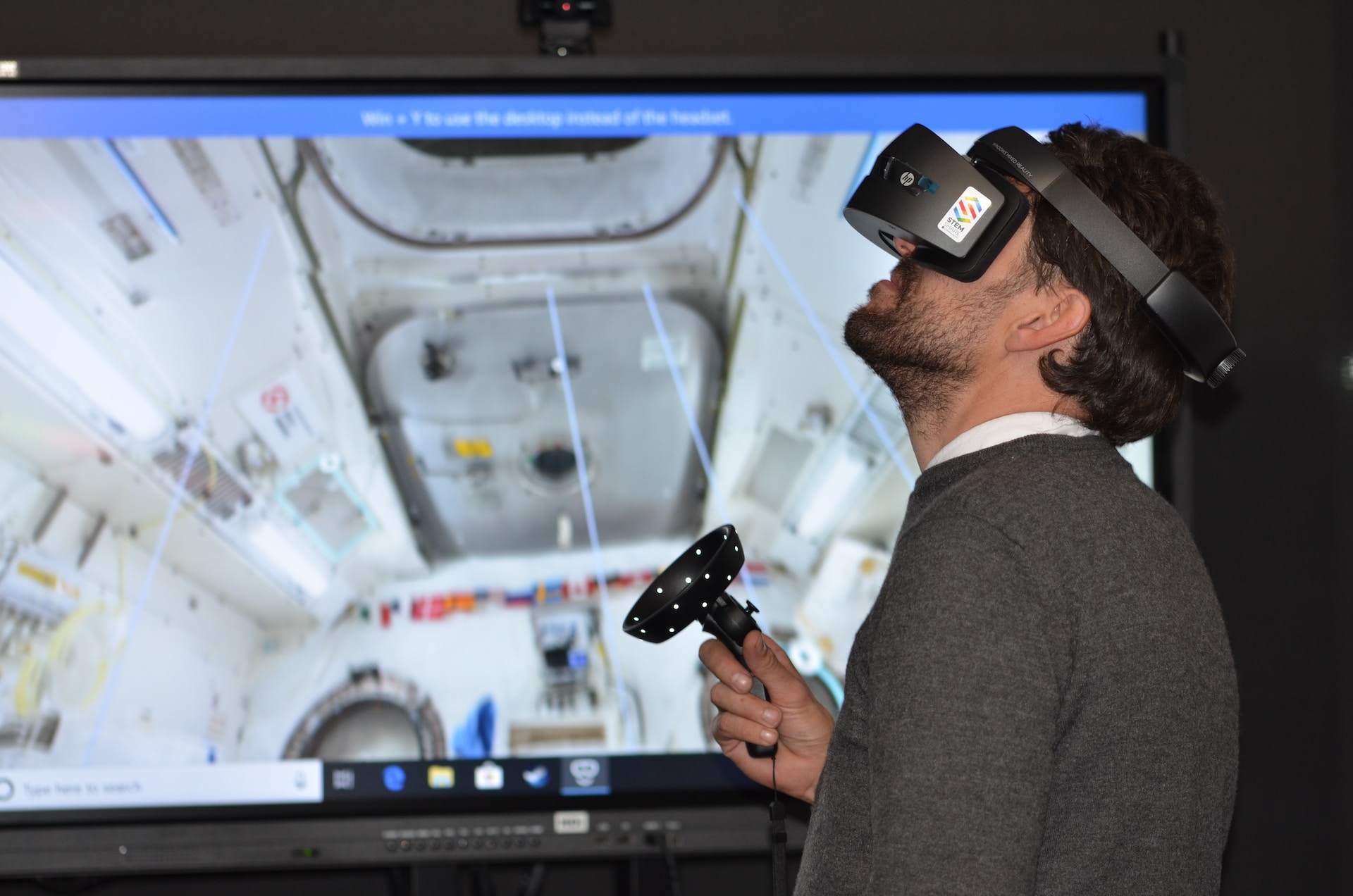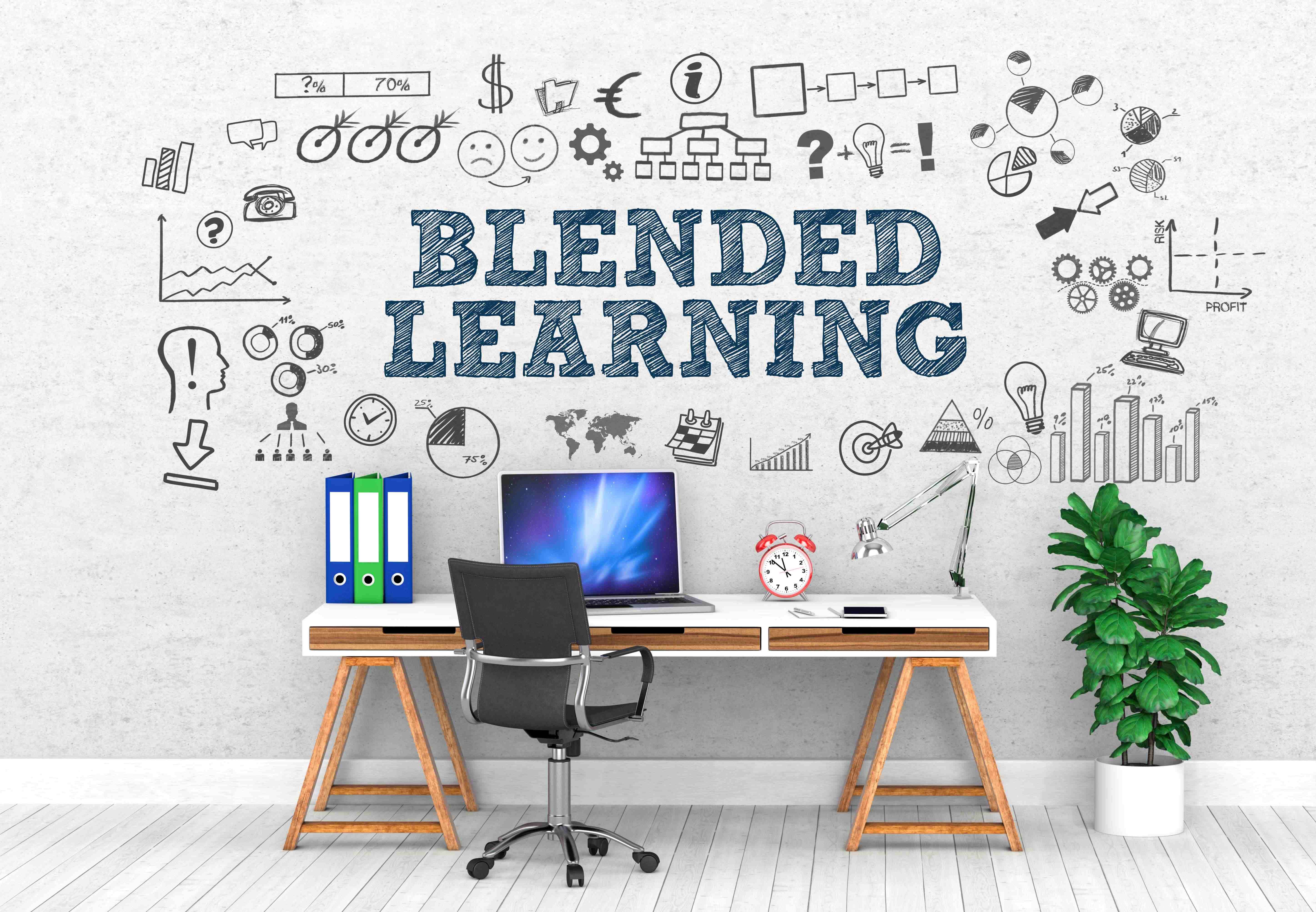Whilst 92% of educators note student engagement as a key aspect of success within education, a recent Gallup poll has shown that 29% of students are not engaged, and a further 24% are actively disengaged with the learning process. This is where eLearning in higher education comes into its own: enabling students to guide their own learning and development experiences at their own pace means that they can remain motivated throughout the day.
As we saw over the course of the COVID-19 pandemic, the shift to online learning proceeded at a somewhat bumpy pace—largely a result of having to quickly pivot to eLearning solutions without proper time to prepare. Given a more supportive and longer transition period, however, will online learning replace traditional learning?
This article explores the growth of eLearning in higher education, discussing the debate around eLearning vs traditional learning. We note the advantages and disadvantages of traditional learning when compared to online learning solutions, and highlight where each form of education comes into its own. We’ll also offer our top tips on transitioning from traditional to eLearning in higher education, helping you to reap the benefits of this rapidly evolving field.
Will Online Learning Replace Traditional Learning?
Over the course of the lockdowns necessitated by COVID-19, many of us were required to rapidly shift towards online learning. But will online learning replace traditional learning?
This is a question which has understandably received plenty of media attention in the “long shadow” of the pandemic, but the conversation around eLearning vs traditional learning has been going on since the early days of distance education—with correspondence courses offered by the University of London in 1858 leading to an outcry in some quarters!
Of course, the debate surrounding eLearning in higher education has calmed somewhat in the intervening years.
Lecturers and instructors now understand that online learning has its place within the academic environment, and can often cater towards the needs of a diverse student body—with reflective learners more likely to benefit from the space to study in isolation, and active learners likely to succeed in environments that enable them to collaborate and communicate with their classmates.
At the same time, eLearning solutions can give all students the additional resources they need to improve in their weaker areas. With the mobile eLearning market expected to reach $80bn by the end of the decade, it’s clear that students will have plenty of opportunities to leverage their downtime—commuting, walking to and from classes, and free periods—to revise and explore complex concepts in a bite-sized manner.
Indeed, this seems to be an area where eLearning in higher education is having great success: micro-learning. Whilst traditional learning sees knowledge-retention rates of around 8% to 10%, micro-learning sees this figure jump to 60%.
Another benefit for students engaging with eLearning in higher education is that they’ll be preparing for the changing world of work. According to a LinkedIn Learning report, 41% of professional learning and development leaders note that they’ve been given additional funding by their senior leadership team.
More global leaders than ever before recognise that eLearning is crucial to business development. By exhibiting familiarity with eLearning before they even come to look for an entry-level role, students can set themselves apart from the competition and evidence their commitment to personal development.
eLearning vs Traditional Learning
It’s clear that whilst eLearning in higher education is certainly set to grow over the coming years, it’s unlikely to fully replace traditional, classroom-based studies. With new products coming to the market every day, it’s likely that online learning will enable educators to provide a high-quality, interactive learning experience via a hybrid approach.
So, when it comes to eLearning vs traditional learning, what are the advantages and disadvantages of both, and where are they most suitable?
Students can engage in practical activities such as experiments—especially important for those considering a career in a technical or scientific field.
Advantages and Disadvantages of Traditional Learning in Higher Education
Pros
- Students can engage in practical activities such as experiments—especially important for those considering a career in a technical or scientific field.
- Learners will naturally develop interpersonal skills and confidence in presenting, key skills for the modern, dynamic workplace.
- Educators can find it easier to point students towards extracurricular activities when they can see their strengths or weaknesses first-hand.
Cons
- Students have less flexibility in the hours that they are allowed to study.
- Commuting to and from an educational institution can disadvantage students from working-class backgrounds, as well as people with disabilities.
- Learning can be restricted to what the educator knows, and time constraints can mean that learning beyond the curriculum can be difficult to achieve.
As we can see, traditional learning isn’t without its drawbacks, but what about online learning?
Advantages and Disadvantages of eLearning in Higher Education
Pros
- Learning can be customised to each individual student’s needs, with artificial intelligence enabling on-the-fly adjustment of topics and question difficulty according to correct and incorrect answers.
- eLearning in higher education encourages a positive attitude towards lifelong learning and personal development.
- Engaging, interactive educational experiences can be delivered in a short time span, increasing knowledge-retention through a micro-learning approach.
Cons
- Students can feel unmotivated or procrastinate if they’re left to their own devices, which means that educators need to ensure they’re regularly checking in and guiding learning efforts.
- Interpersonal skill development can falter if students aren’t engaging in communication and discussion—although some online learning environments facilitate this through message boards, they can be less effective than face-to-face discussion.
- eLearning in higher education requires students to possess good time-management skills, especially if educators aren’t there to regularly remind them of deadlines.
As with traditional learning, eLearning in higher education has its own set of positive aspects and drawbacks—both methods clearly have their uses, but finding the right balance between the two methodologies requires careful consideration.

5 Tips to Transitioning Towards A Hybrid Online Learning Approach
eLearning in higher education is here to stay, even if it’s not going to unseat traditional learning. It seems both methodologies will remain relevant as we move into the future, but with governments across the globe looking to catch students up after the disruptive impact of lockdowns, it’s likely that online learning solutions will continue to increase in popularity.
So, how can educational institutions embrace a hybrid online learning approach? Developing a hybrid learning strategy is quickly becoming crucial within the higher education environment, but it requires some preparation:
Evaluate your infrastructure and conduct a staff skills audit. It’s important to assess your current IT infrastructure and understand whether the networking and computing systems that are currently in place are ready to support your transition to an E-learning approach with minimal technical issues. Evaluate your network capacity to ensure that it’ll be reliable and secure for all learners and educators, and ensure that all students’ devices are set up to be accessible to their individual needs. This will enable you to choose the best platform for your needs and capabilities, alongside which you can see how much training your staff will require on these new systems.
Clearly define the outcomes you’d like to achieve with your online learning solution. Are you looking to support students with their revision, or make it easier to brush up on the areas they possess weaknesses in? It’s important to be clear on these goals so you can pick the right product or service and integrate it with your classroom-based strategies. If, for instance, your goal is to incorporate online micro-learning resources to complement classroom study, this could lead you towards a specific microlearning tool such as Thinkific, which allows educators to create their own courses, or EduMe, which leverages AI to automate the process of producing learning resources.
Provide support to students during the transition. You need to be certain that you’ll have the staff and resources ready to train your learners to fully leverage your online learning solution. A hybrid approach to learning requires you to offer technical assistance and academic advice in both online and offline formats.
Ensure your chosen eLearning product integrates well with your learning management system (LMS). Many online learning platforms are able to integrate with the most popular LMS choices, such as Blackboard and Moodle, meaning that it’s easier than ever to ensure that your choice is able to provide valuable data which can be accessed via a centralised dashboard.
Always look to improve. Continuously evaluating your chosen eLearning product and seeking feedback from learners and educators can offer you impactful insights which will allow you to identify areas for refinement or additional support and training.
If you’re interested in learning more about the latest online learning platforms after reading this article, or you’re looking to choose a product to assist you in your drive to enhance eLearning in higher education, see our recent guide to Choosing an eLearning Platform for Your Institution’s Needs for a deep dive into the benefits and drawbacks of the major offerings from online learning organisations.

Key Takeaways
The transition from traditional to eLearning in higher education offers numerous advantages and opportunities for both students and educators. Whilst online learning is unlikely to completely replace traditional methodologies, eLearning in higher education has an increasingly significant impact on learners’ levels of attainment and engagement.
The flexibility and customisation of online learning can cater to the diverse needs of students, driving motivation and enabling them to develop valuable, workplace-ready skills. However, it’s important to acknowledge the advantages and disadvantages of traditional learning and eLearning in higher education, too. Finding the right balance between the two is crucial to ensure high levels of student and educator satisfaction.
Educational institutions can benefit from a hybrid approach that combines the advantages of online learning with traditional classroom-based studies. By evaluating your infrastructure, defining your key outcomes, providing students and staff with support, and choosing a product that integrates well with your existing learning management system, you can successfully transition to an eLearning solution that enhances the educational experience.
As the desire for online learning solutions continues to build, it’s essential for institutions to adapt to eLearning in higher education and embrace the possibilities it offers.
Experts in Recruitment for Online Learning Roles
At Instinct, our specialist recruiters have a solid track record of hiring and onboarding candidates for roles across eLearning in higher education. We can support all business functions, from course design and development to subject-area experts, tutors, and project coordinators. Contact us today to discuss your requirements, no matter how complex they might be.



